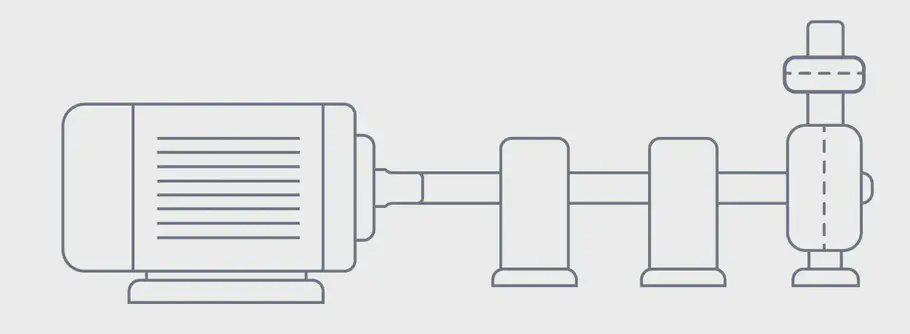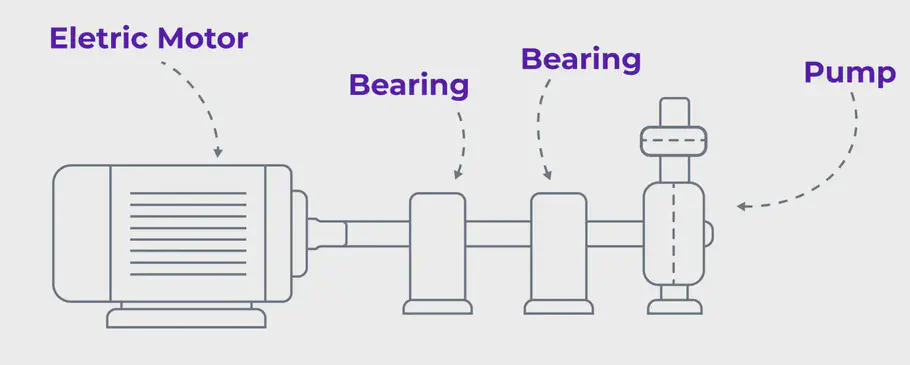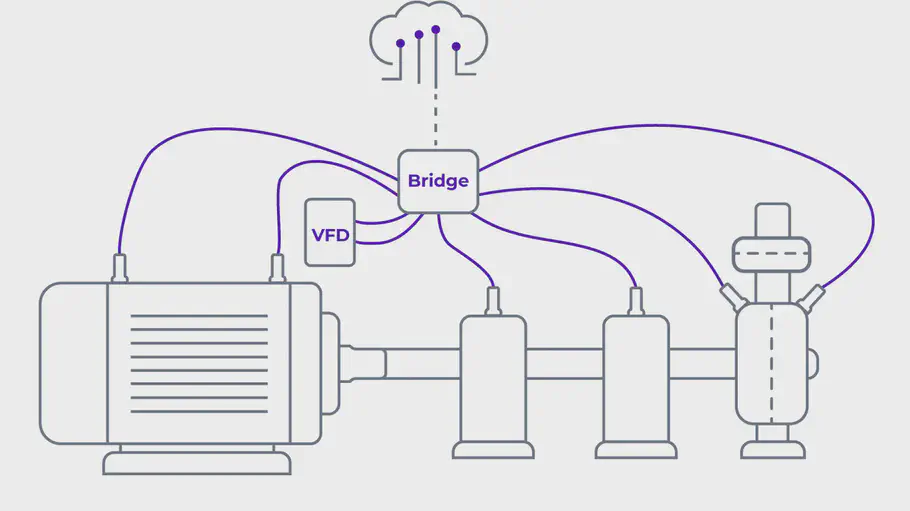Should Predictive Maintenance be a standard add-on when you buy new machines or can it be added to equipment that you already have? We have previously written about what to look for in predictive maintenance sensors. In this blog post we will dive in depth with how you can retrofit sensors on the machines that you have in your production today and get started with predictive maintenance.
We have written several times about predictive maintenance and how it can help you improve your uptime and reduce your costs. This can be done by making predictions on when something will go wrong, how long the life of your equipment has left, and causal analyzes of what the problem is.
But is it only new machines where predictive maintenance can create value or is it also productive to retrofit predictive maintenance on old machines?
What is Retrofitting Predictive Maintenance?
In order to talk about predictive maintenance and retrofitting, we need to have a common understanding and through this blog post we will talk about retrofitting as:
"Retrofitting Predictive Maintenance involves collecting data from pre-existing equipment using new sensors." neurospace
The sensors in this case could be a vibration sensor or a PT100 temperature sensor. To collect data from our sensors, we need a bridge which is a device that can collect data from sensors and frequency converters. The reason why a bridge must also collect data from frequency converters is that we, among other things, must use RPM on the rotating gear but also power consumption is interesting when we have to estimate the remaining useful life.
To make it easier to talk about retrofitting sensors for predictive maintenance, we will through the blog post use an example with a 500kW electric motor that drives an application. In our example, the application is a pump. In your business, it might be a different application such as HVACs, fans or something completely third.

Example setup: Electric motor that drives a pump
This setup is critical for us and therefore we have chosen that we want it under online monitoring and therefore we need to look at retrofitting sensors and data collection for predictive maintenance.
As mentioned earlier, it is important to choose the right sensors and bridge which can either process the data on the “edge”, ie on the device which is also called Edge computing, or can send the data to where it is to be processed.
It could, for example, be up in your cloud, data center or up in a partner cloud.
Sensors
The first thing we need to do when choosing sensors is to find out what Right Data is for us. In this example, it is vibration measurements and data from the frequency converter. To find out how many vibration sensors we need, we need to divide our application into its individual components. In the illustration below you can see the individual components described:

Electric motor which drives a pump through two bearings
The important thing here around sensors is to consider how many you need. If it is a large electric motor and pump we suggest having one in Drive End (DE) and Non-Drive End (NDE). Regarding bearings, we recommend having one sensor per piece. Next, you need to get information out of your frequency converter e.g. power consumption and RPM.
In our example, this means that you can break down your application into the individual components: Electric motor, 2 x bearing and pump. Since our example is a 500kW electric motor and large pump, we will place a sensor in both Drive End (DE) and Non-Drive End (NDE) of both electric motor and application. Next, we also want to monitor the bearings and must therefore have two sensors here as well. So we need 6 sensors and a bridge that can talk to our frequency converter. This could look like the illustration below.

Electric motor, pump, bearings and frequency converter with sensors and data collection, where the data is sent to a cloud or server for processing
This means that the full setup to monitor the electric motor and pump could look like the illustration above.
Mounting of Sensors
Next, consider how you want to mount your sensors. Remember that different mounting shapes have different degrees of noise where the most noisy are magnets and glue. If you want to completely avoid noise, you must have vibration connections on your machines so that the sensors can be screwed on. We always recommend that you screw on the sensors to avoid noise. What you need to consider is whether there are already places where it is possible to mount sensors e.g. if the motor or pump is already supplied with vibration sensor connections. It can be an advantage to have vibration measuring points drilled if it is not already possible to mount sensors on the bearing or machine to be monitored. However, many motors and pumps already come with connections for vibration measurement, often these are M8.
If you need a bridge or gateway, you can advantageously get one that can retrieve data from both the sensors and from your frequency converter. It also means that it is smart if it can be placed in the frequency converter cabinet and clicked into the rail.
In our example here, we choose to mount in vibration connections so we reduce noise.
Predictions and Predictive Maintenance
With our new mounted sensors and bridge for data collection, we now continuously receive data on vibration, RPM and power consumption. But as a maintenance team, we do not have time to sit and analyze the data. Therefore, we have decided that we want analyzes running to continuously observe if something abnormal happens and give us an estimate of the component’s remaining useful life. When something abnormal happens we get an alarm. This means that we have the option of shutting down plants if there is potential for major errors with consequential damage. We are also advised if the remaining useful life is less than 14 days. It allows us to order the spare parts we need for the repair and allows us to plan the best maintenance time.
Conclusion
It can be of great value to retrofit predictive maintenance on your machines and applications. Through our example, we have proven that it is possible to retrofit predictive maintenance and that you do not have to change all your machines before you can get started. This can give you both higher uptime and lower costs.
Do you need help? We understand that predictive maintenance can be a big mouthful but the effort is worth it. If you need someone to discuss this topic with, the first cup of coffee is always free with us!
// Rasmus Steiniche, CEO @ neurospace